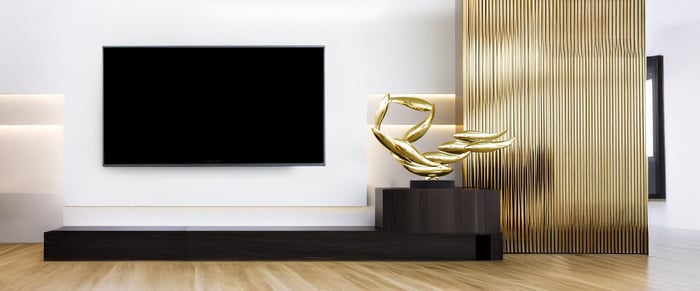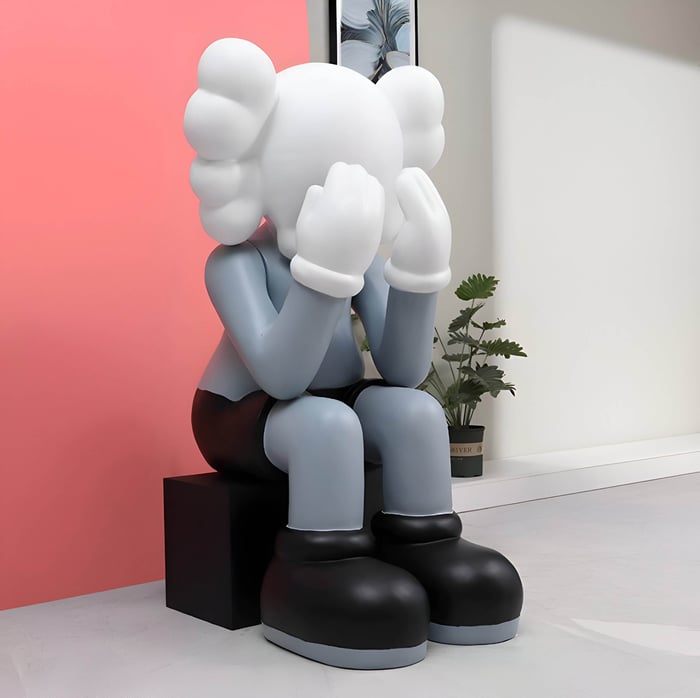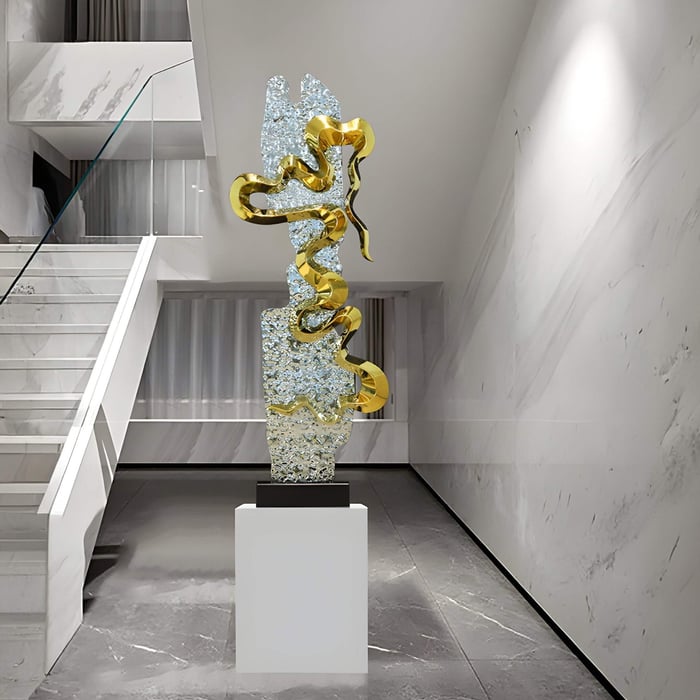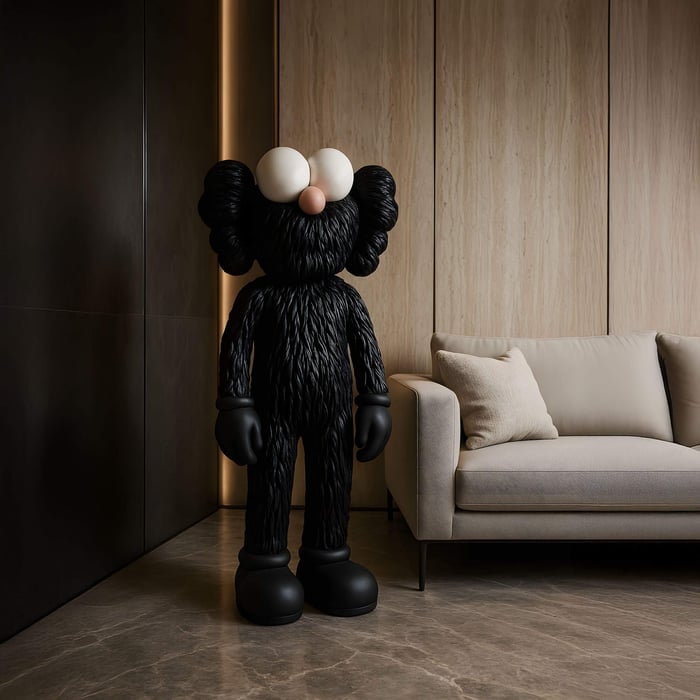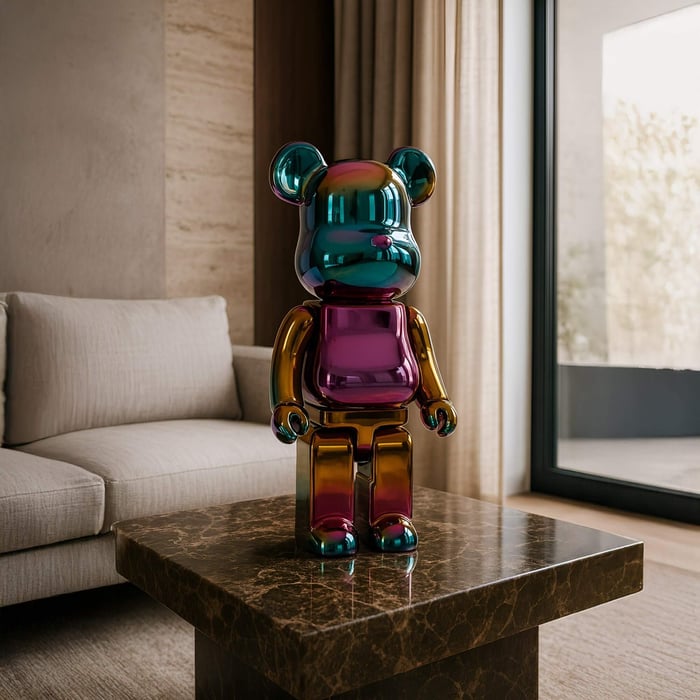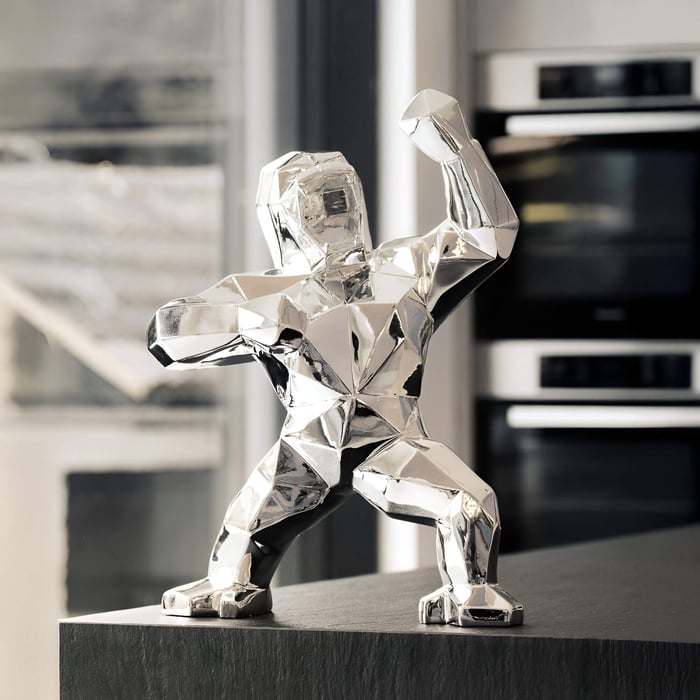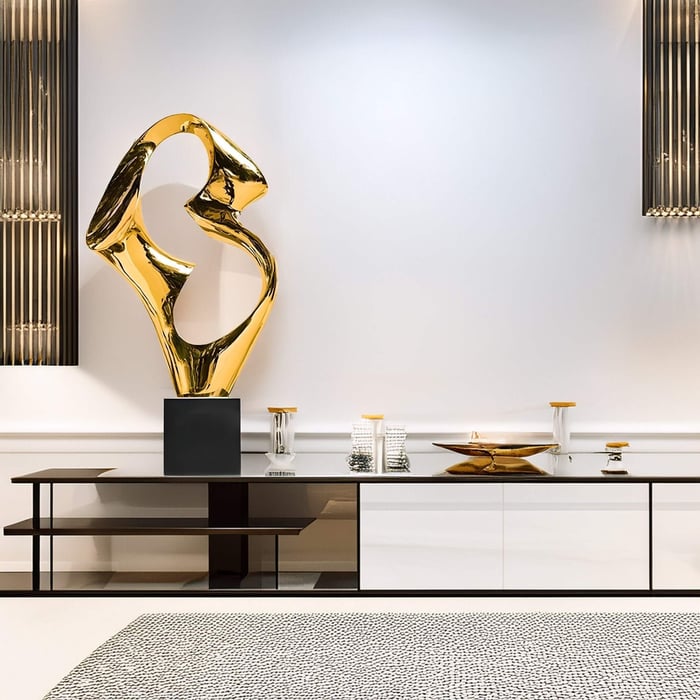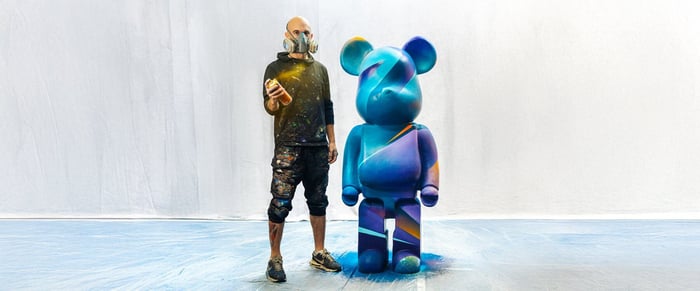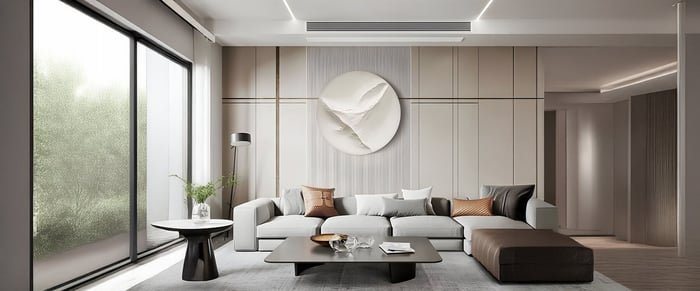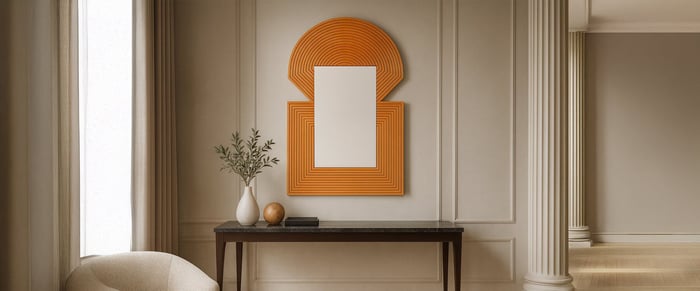Table of Contents
- Introduction - Why Modern Sculptures Matter in Design
- Understanding Modern Sculptures
- How to Match Sculptures to Your Personal Aesthetic
- Choosing Sculptures by Scale and Proportion
- Where to Place Modern Sculptures in Your Home
- Budget and Investment Considerations
- Expert Tips on Curating Modern Sculpture Collections
- Mistakes to Avoid When Choosing Modern Sculptures
- Conclusion - Bringing It All Together
- FAQs
Introduction - Why Modern Sculptures Matter in Design
Sculpture has always been a powerful way of shaping space and expressing creativity, but modern sculptures bring that presence into everyday interiors in an entirely fresh way. Whether bold and abstract, sleek and minimalist, or textured and organic, these pieces carry a depth that ordinary décor often cannot match. They add structure, contrast, and character, working as both art and design element.
In a home or office, a well-chosen sculpture can anchor a room, becoming a natural focal point while reinforcing the mood of the space. Selecting the right piece isn’t just about browsing styles, it’s about finding a form that resonates with your personal aesthetic while sitting comfortably alongside the furniture, colour palette, and atmosphere of the room. The balance between personal taste and spatial harmony is what makes modern sculptures such effective home interior accents.
Understanding Modern Sculptures
Defining Modern Sculpture Styles
Modern sculpture is diverse, shaped by 20th- and 21st-century design movements. Abstract sculptures break away from lifelike representation, using shapes, curves, and fragmented forms to spark curiosity. Minimalist sculptures strip back detail, focusing on clean lines, pure form, and negative space, making them ideal for uncluttered interiors. Geometric and architectural works add rhythm and order, while organic pieces mimic the flow of nature with ripple-like textures or irregular silhouettes. Figurative modern sculptures, on the other hand, reimagine the human body or animals in stylised, contemporary ways.
Unlike traditional statues, which often follow classical proportions and detailed realism, modern sculptures experiment with bold concepts, unusual materials, and innovative presentation.
Common Materials and Finishes
The choice of material can transform the effect of a sculpture. Bronze sculptures exude timeless weight and durability, often seen in luxury interiors or gardens. Stainless steel and other metals reflect light and lend a sleek industrial edge. Wood carvings bring warmth and tactility, while resin sculptures allow for playful colours and fluid forms at more accessible prices. Glass, ceramic, and mixed media add further possibilities, each influencing not just the look but also the emotional weight of the piece. Materials don’t only affect mood; they dictate maintenance and how well a sculpture ages within its setting.
How to Match Sculptures to Your Personal Aesthetic
Identifying Your Interior Style
Start by considering your overall interior design. A minimalist loft might be best served by a simple monochrome sculpture with sharp geometry, while an industrial-style apartment could embrace raw metal or concrete-inspired pieces. For bohemian spaces, organic, textural sculptures can bring depth, whereas eclectic homes can support bolder, brightly coloured 3D art décor. Matching the form and finish of a sculpture to the room’s broader personality ensures cohesion and prevents it from feeling out of place.
Colour Palettes and Textures
Sculptures can either blend in with existing tones or act as striking contrasts. A bronze or matte black piece works beautifully against pale, neutral walls, while white resin sculptures create a calming counterpoint to dark interiors. Texture is just as important: smooth finishes complement glossy surfaces like marble or glass tables, while rougher stone or carved wood harmonises with natural fabrics and earthy palettes. Think in terms of colour harmony, design cohesion, and visual balance, treating the sculpture as a thread in the wider fabric of the room.
Choosing Sculptures by Scale and Proportion
Scale is critical when selecting modern sculptures. A statement art piece can dominate a large, open-plan living area, commanding attention much like a painting or chandelier. Conversely, small modern sculptures make subtle accents for shelves, mantels, or desks, adding depth without overwhelming.
Proportion matters too. A sculpture that is too tall beside low-profile furniture will feel awkward, while something too delicate in a wide hallway may disappear visually. General guidelines: larger rooms can support larger works, and sculptures should echo furniture height where possible. Common placements include console tables in entryways, corner stands in living rooms, and even sculptural elements in gardens to connect indoor and outdoor spaces.
Where to Place Modern Sculptures in Your Home
Living Rooms and Open Spaces
The living room is often the stage for statement sculptures. Positioning them where they catch natural light or frame a conversation area ensures they are noticed and appreciated. Large contemporary art sculptures can ground the space, especially in open layouts where visual anchors are essential.
Bedrooms and Private Corners
Bedrooms benefit from calmer, smaller-scale works. Subtle indoor sculpture décor on a bedside table or dresser adds personality without intruding on the restful feel of the space. Organic and minimalist pieces work well here, enhancing intimacy.
Outdoor Sculptures and Gardens
Outdoors, sculptures become part of the landscape. Weather-resistant metal sculptures or stone works withstand the elements, while resin pieces designed for exterior use add colour and form without heavy upkeep. Integration is key: sculptures should echo the shapes and rhythms of plants, pathways, or architectural features.
Budget and Investment Considerations
Not all sculptures need to be expensive. Resin sculptures and mass-produced designs offer affordable ways to experiment with form and colour. At the other end, bronze sculptures or signed works by recognised artists function as both decoration and long-term investments. The choice depends on whether you are looking to create impact within a budget or to build a collection of art investment pieces. Either way, craftsmanship, material quality, and emotional resonance should guide your decision more than price alone.
Expert Tips on Curating Modern Sculpture Collections
If you plan on owning more than one sculpture, consider how they relate to each other. Curating is about more than filling shelves, it’s about building a visual story. This could mean combining a geometric piece with an organic one to create contrast or using similar materials across different forms for cohesion.
Experiment with arrangement: clustering smaller pieces can create as much presence as a single large sculpture. Rotating works seasonally refreshes your space without buying new items, and repositioning sculptures occasionally can change how a room feels. The goal is to see them as living elements of your décor rather than static ornaments.
Mistakes to Avoid When Choosing Modern Sculptures
Ignoring scale: Oversized sculptures can overpower a small space; undersized ones can look lost.
Neglecting maintenance: Materials like bronze require occasional polishing, and resin sculptures need dusting to keep their vibrancy. Outdoor pieces should be weather-checked regularly.
Overcrowding: Filling every surface with sculpture reduces impact. Modern sculptures work best when given breathing space, ensuring each piece can be fully appreciated.
Conclusion - Bringing It All Together
Modern sculptures have the power to transform spaces by combining personal expression with design cohesion. The right piece is about more than aesthetics, it’s about scale, material, placement, and the story it tells within your home. Whether you’re investing in bronze, experimenting with resin, or curating a personal collection, the key is to choose works that reflect your style and enhance the space around you.
Take your time exploring options and let each piece resonate on both emotional and visual levels. With thoughtful choices, modern sculptures can become timeless anchors in your home décor.
FAQs
What makes a sculpture modern?
Modern sculptures are defined by their departure from strict realism, embracing abstraction, minimalism, and innovative materials that reflect contemporary design elements.
How do I know which sculpture style fits my home décor?
Look at your interior style first. Minimalist rooms suit clean, geometric works, while eclectic or bohemian spaces welcome colour, texture, and organic shapes.
Are modern sculptures suitable for small spaces?
Yes. Small modern sculptures work perfectly on shelves, mantels, or desks. They bring detail and depth without overwhelming compact rooms.
What materials are best for outdoor sculptures?
Metal sculptures, particularly stainless steel and bronze, are ideal for durability. Resin designed for outdoor use is another popular option.
Should I buy sculptures as an investment or just decoration?
Both approaches are valid. Affordable pieces enhance décor, while collectible sculptures can appreciate in value. Choose what resonates with you and your long-term goals.














































































